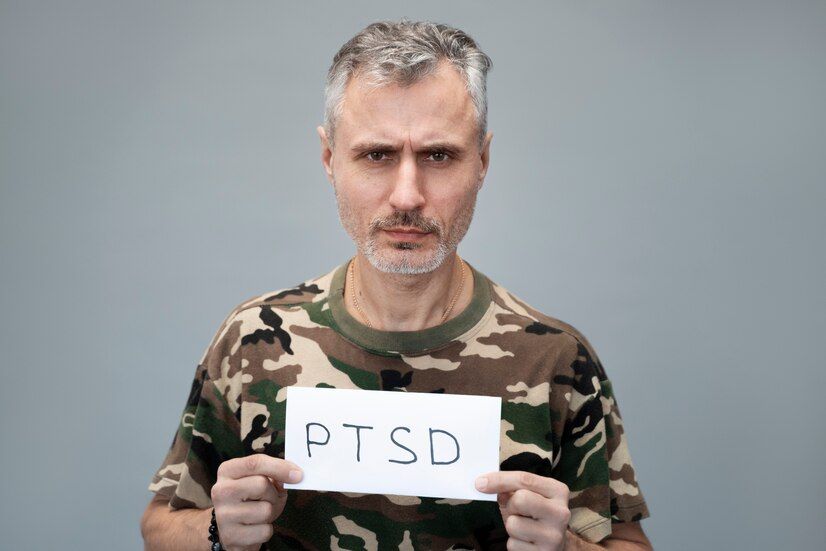Addressing Workforce Shortages in Behavioral Health
Highlight initiatives to address workforce shortages through training programs, incentives, and changes in scope of practice regulations.

The demand for mental health services has surged, particularly in the wake of the COVID-19 pandemic, which has highlighted the critical need for accessible and comprehensive behavioral health care. However, the behavioral health workforce is facing significant shortages, with nearly half of the U.S. population living in areas with limited access to mental health professionals2. Addressing these shortages is essential to ensure that individuals receive the care they need.
Understanding the Shortage
The shortage of behavioral health professionals is a multifaceted issue. Factors contributing to this shortage include high caseloads, long waitlists, and burnout among providers1. The pandemic has exacerbated these challenges, increasing the demand for mental health services while simultaneously straining an already overburdened system.
Strategies to Address the Shortage
- Improving Workforce Data Collection: Accurate and comprehensive data on the behavioral health workforce is crucial for identifying gaps and making informed policy decisions. States are beginning to collect and analyze workforce data to better understand the scope of the shortage and develop targeted solutions1.
- Expanding Education and Training Pathways: Strengthening and diversifying behavioral health education and training programs can help attract more individuals to the field. This includes offering scholarships, loan forgiveness programs, and creating clear career pathways for aspiring professionals.
- Addressing Licensing Challenges: Simplifying and streamlining the licensing process can reduce barriers to entry for new professionals. This includes recognizing credentials from other states and reducing unnecessary bureaucratic hurdles.
- Incentivizing Current Providers: To retain existing behavioral health professionals, it is essential to address burnout and provide incentives such as competitive salaries, professional development opportunities, and mental health support for providers.
- Utilizing Peer Support Models: Peer support programs, where individuals with lived experience provide support to others, can be an effective way to extend the reach of the behavioral health workforce. These programs can offer valuable support and reduce the burden on licensed professionals.
- Leveraging Technology: Telehealth and digital health tools can help bridge the gap in access to care, particularly in underserved areas. These technologies can provide remote consultations, therapy sessions, and support, making mental health services more accessible.
Federal and State Initiatives
Federal and state governments are taking steps to address workforce shortages. The Consolidated Appropriations Act of 2022 authorized additional psychiatry residency positions and removed certain requirements for providers prescribing medications for opioid use disorder3. States are also implementing strategies such as increasing reimbursement rates, reducing administrative burdens, and extending the workforce through telehealth and peer support programs.
Conclusion
Addressing workforce shortages in behavioral health is a complex but essential task. By improving data collection, expanding education and training pathways, addressing licensing challenges, incentivizing current providers, utilizing peer support models, and leveraging technology, we can begin to bridge the gap in access to mental health services. These efforts will ensure that individuals receive the care they need, ultimately leading to healthier and more resilient communities.
CATEGORIES

We Work Together to Solve Current Challenges
CONTACT US
1-571-330-2829
office@ariseccc.com
10801 Johnston Road
Suite 210 Charlotte NC
28226-4558
USEFUL LINKS
STAY INFORMED
You need a helping hand with your project?
We will get back to you as soon as possible
Please try again later
COUNSELING CENTER HICKORY & CHARLOTTE NORTH CAROLINA









